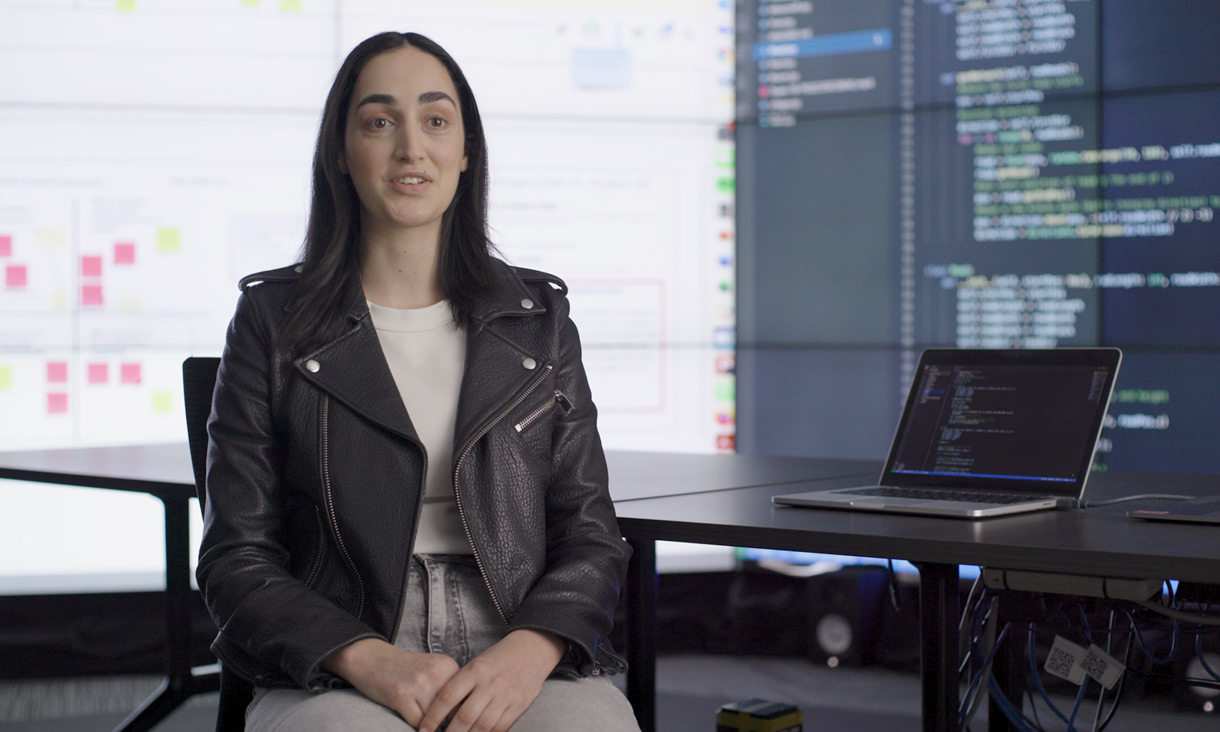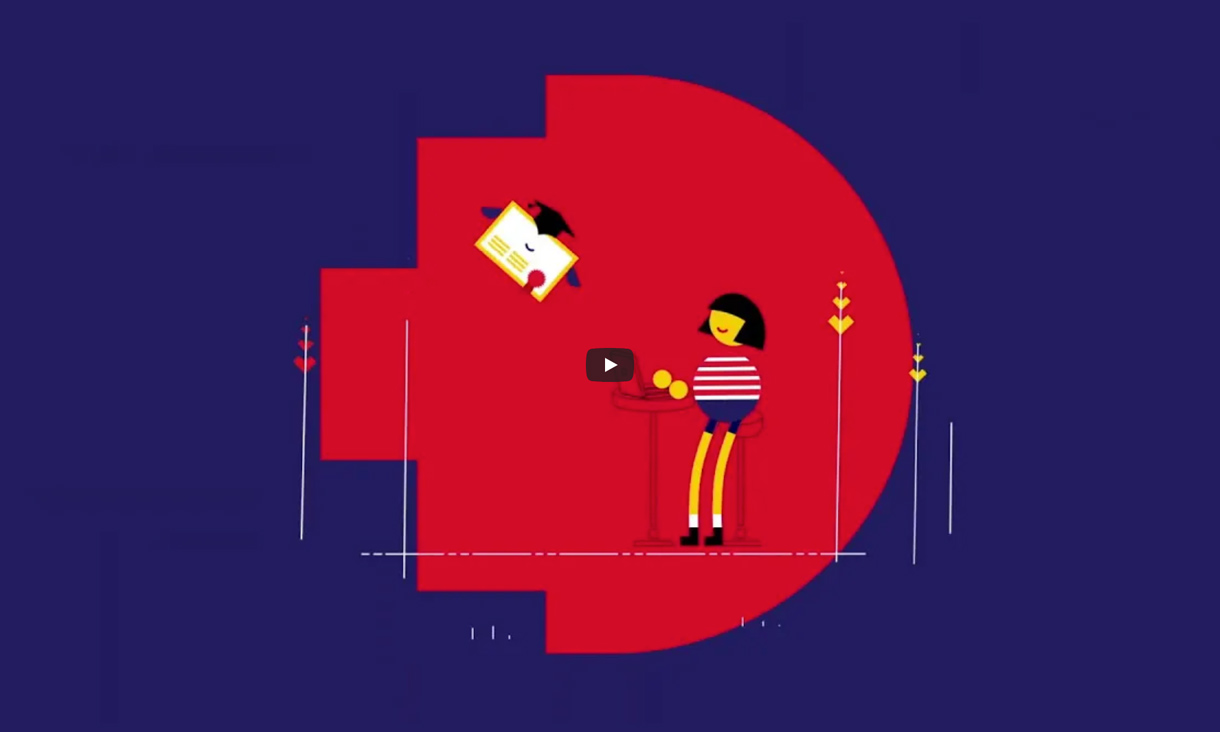RMIT's Bachelor of Software Engineering will equip you with a solid foundation in computer science and maths, and develop deep expertise in software architecture, processes, methodologies and quality frameworks.
The four-year degree, comprises of two years of study, followed by a one-year industry placement before the final year of study. The work placement provides a unique opportunity to develop your professional and technical skills while creating and extending your professional network.
Working within complex software development environments, operating systems, communications, web software, databases and applications, you'll undertake studies in all facets of the software engineering process.
This degree focuses on the software development life cycle but goes beyond programming to assess and meet customer needs, and to design and test software. It covers studies on software analysis and design, coding, testing and deployment.
Developing software solutions often involves assembling extensive amounts of code into working applications, and updating and fixing problems in existing software.
Choose a software engineering degree if you:
- want to develop large-scale software systems
- want to create highly efficient products and systems
- enjoy maths and systems design combined with computer science.

.jpg)

